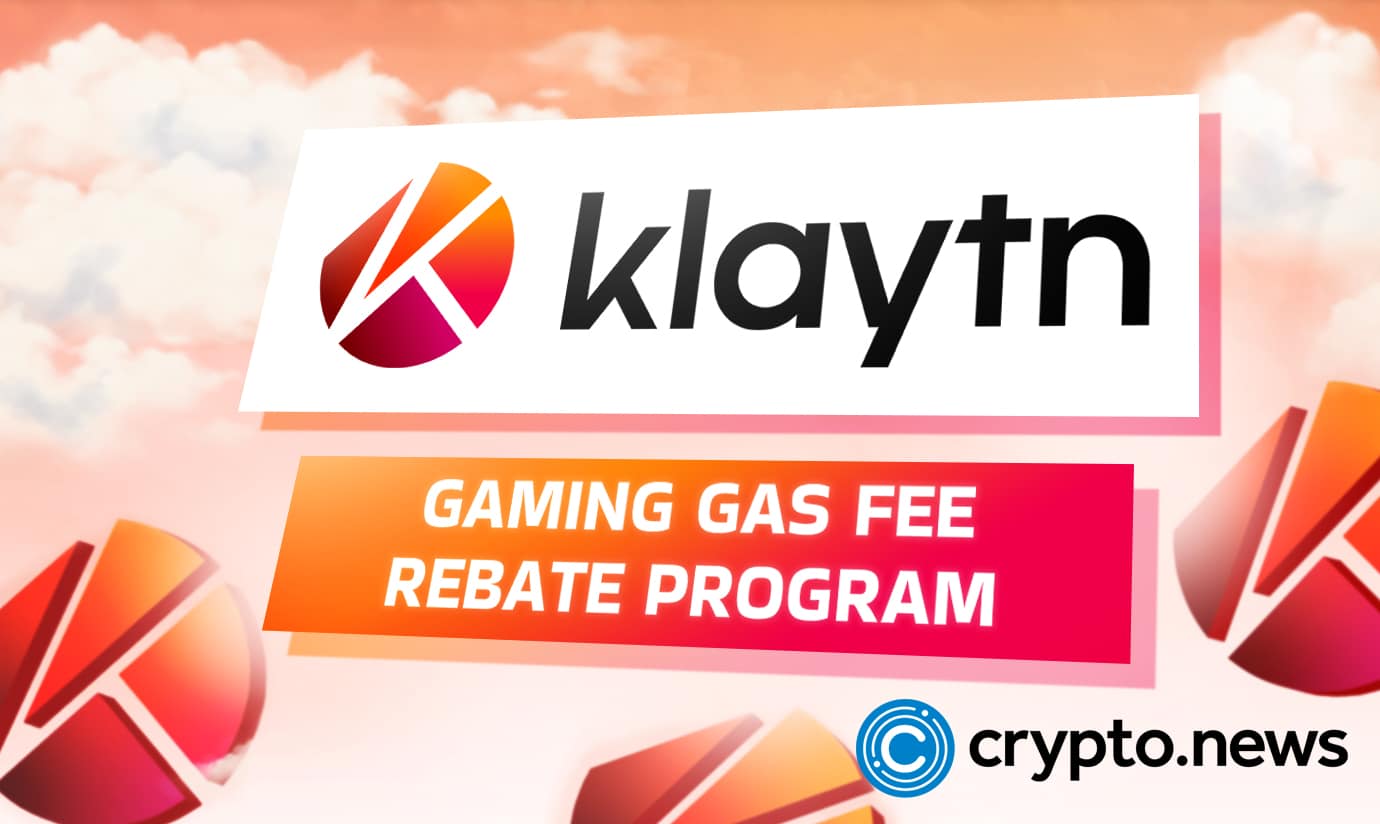2020-5-28 19:00 |
Polkadot's initial mainnet has been launched by Web3 Foundation and Parity Technologies according to a blog post on May 26. This much anticipated sharding protocol has been in the works for around three years and is expected to facilitate the integration of blockchain networks.
Polkadot is live!
“Polkadot allows every coder to also be a businessman. They just place an algorithmic service online and it's a self-sovereign, autonomous, economically strong business. The world, in some sense, belongs to coders.” –– @gavofyorkhttps://t.co/pR0m6D3agw
— Polkadot (@polkadotnetwork) May 26, 2020
The recently released live version is, however, centralized as it's limited to some agents; Polkadot plans to hand over governance to its community once the testing period is over.
According to the announcement, Polkadot's genesis block has already been mined marking the commencement of its first Chain Candidate (CC1). Notably, this platform was spearheaded by Gavin Wood, an Ethereum co-founder, who branched out to start Polkadot back in 2016 with Web3 Foundation as the lead developers. Wood now says the CC1 might as well be the mainnet,
“Polkadot’s first chain candidate (‘CC1’), which may well become the Polkadot mainnet, has been launched.”
Polkadot's Mainnet Underlying ValueAs highlighted earlier, the Polkadot initiative aims to link chains in a more seamless way for interoperability. Polkadot has, therefore, leveraged a Proof-of-Stake (PoS) algorithm in order to eliminate scalability challenges within its ecosystem through sharding. The blog reads,
“[Polkadot] connects several chains together in a unified network, allowing them to process in parallel and exchange data with strong security guarantees between chains. By parallelizing the workload, Polkadot solves major throughput issues.”
However, the CC1 which went live is currently under a Proof-of-Authority (PoA) consensus as Web3 foundation is in control of the network. As of now, the mainnet client users can receive DOT tokens and stake them to become or nominate validators within Polkadot's network. Notably, the DOT digital assets were already in the secondary market as Simple Agreements for Future Tokens (SAFT) but will not be transferred within Polkadot's live mainnet until its community votes to initiate a token transfer feature. Wood echoed that,
“During this phase, nothing will actually become at stake and no rewards will be paid, however once we move to the next stage, the community validators will be selected to maintain the network according to their overall DOT backing and our Proof-of-Stake system (NPoS) will be live. If you want to be in it from the start, then you’ll need to stake now.”
Polkadot's ProspectsThis project kicked off on a good note by issuing 5 million DOT tokens at $144 million back in 2016. By early 2019, the Polkadot was valued at $1.2 billion as per a Wall Street Journal Report. The company later sold another 500,000 DOT tokens towards the end of 2019 and is now making headlines with its much-awaited mainnet. Wood touts the project as a long-term player in the crypto industry,
“Polkadot is, in many respects, the biggest bet in this ecosystem against chain maximalism. Even if there were one perfect chain, I don’t think it would stay perfect for very long.”
origin »Polkadot [IOU] (DOT) íà Currencies.ru
|
|


